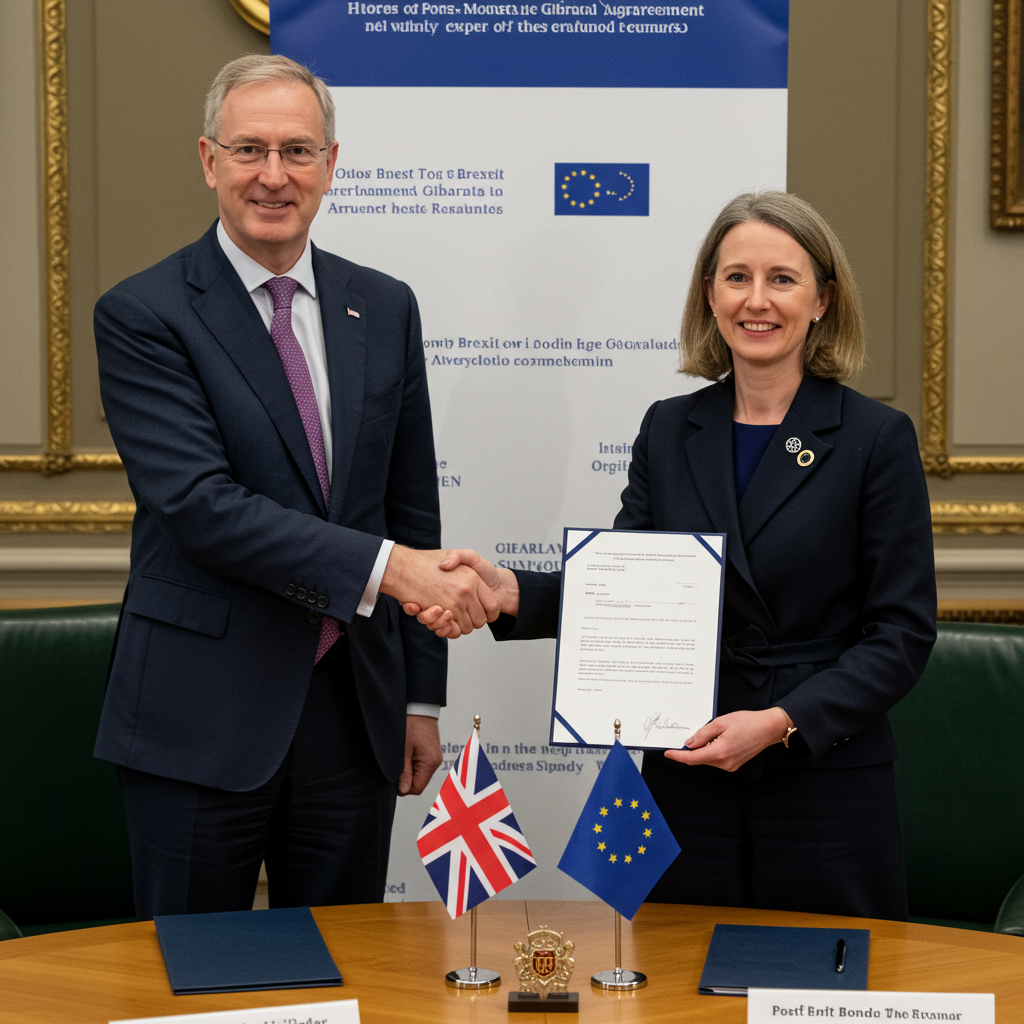A Texas family recently received a staggering $1,400 bill for their young son’s measles vaccine. This alarming cost surfaced during a regional measles outbreak. It highlights critical vulnerabilities within the U.S. healthcare system, particularly for those outside traditional insurance coverage. Despite federal protections intended to make recommended vaccines affordable, this family’s experience shows these safeguards sometimes fail. Their story underscores how complex insurance rules, provider pricing, and administrative hurdles can create immense financial burdens, even for essential preventive care.
The Unexpected Bill for a Vital Vaccine
The Nguyen family in Galveston faced this financial shock after seeking a measles vaccine for their 4-year-old son, Anh Hoang. Anh needed his second dose for crucial protection. His father, Thang Nguyen, a postdoctoral fellow, took Anh to a clinic at the University of Texas Medical Branch (UTMB) in Galveston. Other children in the family also received immunizations during the visit. Clinic staff reportedly assured the family their insurance would cover the care. However, large bills soon arrived, totaling nearly $5,000 for checkups and vaccines for all three children.
Anh’s individual bill was over $2,500. This included a shocking $1,422 charge for the combined measles, mumps, rubella, and varicella (MMRV) vaccine dose itself. An additional $161 was billed for administering the shot. This price for the vaccine alone was vastly higher than standard costs. The Centers for Disease Control and Prevention (CDC) lists the private sector price for the MMRV vaccine at around $278 through its Vaccines for Children Program (VFC). Galveston-area pharmacies typically list prices between $285 and $326. The Nguyen family’s experience revealed a significant gap between expected and actual costs.
Navigating Complex Insurance and Pricing
The Nguyen family’s health plan was a key factor in this issue. Thang Nguyen had purchased the plan through a broker. It was administered by International Medical Group. He chose this plan because adding his family to his employer-sponsored coverage was significantly more expensive. That plan would have cost $615 monthly. The purchased plan cost $1,841 for a full year, offering a lower premium upfront.
However, this plan was not compliant with the Affordable Care Act (ACA). The family lives in the U.S. on temporary visas. Individuals on such visas are not required to purchase ACA-compliant insurance for their first five years. ACA-compliant plans mandate coverage for preventive services like immunizations without copays. The family’s chosen plan lacked this essential coverage for routine checkups and vaccines. This left them financially exposed when seeking preventive care recommended by public health experts, especially crucial during a measles outbreak.
The High Cost for Uninsured Patients
The situation also highlighted how healthcare providers price services for those without comprehensive insurance coverage. Uninsured or underinsured individuals are often charged significantly higher prices. These prices come from the provider’s chargemaster list. They are far higher than the negotiated rates that insurance companies typically pay. Experts note that uninsured patients often pay substantially more than even insurers would. The Nguyen family, effectively underinsured for this specific service, fell into this vulnerable category initially.
Administrative Errors Compounded the Problem
The University of Texas Medical Branch investigated the billing issue after KFF Health News contacted them. Kent Pickering, UTMB’s vice president of clinical contracting strategies, acknowledged the situation “should not have happened.” He attributed it to “a series of errors.” The first error occurred when clinic staff entered the family’s insurance details incorrectly. They failed to identify upfront that the plan did not cover immunizations.
Had they recognized the coverage gap, UTMB likely would have checked the family’s eligibility for the federal Vaccines for Children (VFC) Program. This program provides free vaccines to eligible children. Eligibility includes being uninsured or having insurance that does not cover vaccines. A second error involved UTMB’s internal chargemaster system. Following a recent update, it listed incorrectly high prices for vaccines specifically for individuals not covered by VFC. These combined errors led directly to the astronomical initial bill.
The Resolution and What It Reveals
Initially, after Thang Nguyen contacted UTMB, the bill for his son’s visit was adjusted. They applied a 50% self-pay discount. This reduced the MMRV vaccine cost to $711. While an improvement, it was still far above market price. However, following UTMB’s internal review prompted by the KFF inquiry, the hospital waived the cost of the vaccines entirely for all the Nguyen children. Anh’s final bill was significantly reduced to $202.75. The bills for his daughters were similarly lowered.
This outcome demonstrated that errors can occur and that negotiation or inquiry can sometimes lead to adjustments. It also underscored the importance of programs like VFC. These programs serve as a critical safety net. They provide essential vaccinations to children who might otherwise face significant financial barriers. Public health department clinics often administer vaccines through the VFC program. These clinics offer a vital lower-cost option for families.
Broader Systemic Issues Affecting Access
The Nguyen family’s case, while eventually resolved, is a stark reminder of the fragility of healthcare access for many Americans. It points to larger systemic issues. Complex eligibility rules, varied insurance plan coverage, and potential administrative failures can turn routine medical needs into financial crises.
Future healthcare policy changes could exacerbate these challenges for millions. Proposed legislative changes, sometimes referred to as a “One Big Beautiful Bill,” aim to cut federal spending on programs like Medicaid and the Affordable Care Act. Estimates suggest these cuts could threaten coverage for tens of millions. The nonpartisan Congressional Budget Office (CBO) projects that policy changes affecting Medicaid and the ACA could result in 11 million more uninsured Americans by 2034. When combined with other factors, like the potential expiration of enhanced ACA premium subsidies, this number could climb even higher.
Policy Impacts on Coverage
Proposed policy shifts include imposing work requirements for some Medicaid recipients. They also suggest increasing paperwork requirements for ACA enrollees to prove eligibility annually. This could make it harder for people to maintain coverage. Ending automatic re-enrollment for many ACA policyholders and shortening the open enrollment period could also reduce access. Furthermore, eliminating provisional eligibility for tax credits after qualifying life events would delay access to subsidies, increasing temporary out-of-pocket costs.
These changes, while sometimes framed as efforts to combat fraud, could create significant administrative hurdles. Experts warn these barriers often disproportionately cause younger, healthier, and lower-income individuals to drop coverage. This leads to more uninsured people and can negatively impact the overall insurance market.
Adding to the complexity, recent federal workforce reductions at the Centers for Medicare & Medicaid Services (CMS) have cut specialized caseworkers. These “fixers” help consumers resolve complex issues with their ACA coverage. With record high ACA enrollment, these cuts could lead to significant delays in resolving problems. This further complicates navigating the system, especially as policy changes potentially increase confusion and errors.
Actionable Steps for Families
The Nguyen family’s experience offers valuable lessons for other families:
Understand Your Plan: Proactively verify coverage for specific services like vaccinations before receiving care. Pay close attention if you have a non-traditional or non-ACA-compliant plan.
Ask About Eligibility: Inquire about programs like the Vaccines for Children (VFC) Program. This is especially important if you are uninsured or your insurance doesn’t cover vaccines. VFC is available for eligible children.
Explore Public Options: Check local public health departments or community health centers. They often provide low-cost or free vaccinations through programs like VFC.
Review Your Bills Carefully: Scrutinize medical bills for errors. Don’t hesitate to question unexpected or excessively high charges.
Negotiate or Seek Assistance: If you receive a high bill as an uninsured or underinsured patient, contact the provider’s billing department. Ask about self-pay discounts, payment plans, or charity care options.
While UTMB ultimately corrected the Nguyen family’s bill due to internal errors, the initial price shock highlights the systemic issues facing patients. Ensuring access to critical preventive care like vaccines should be straightforward and affordable. This case underscores the need for greater transparency in healthcare pricing and stronger safety nets to prevent essential care from becoming prohibitively expensive.
Frequently Asked Questions
Why did a measles vaccine cost $1,400 for this family in Texas?
The extremely high cost was due to a combination of factors specific to this family’s situation. They had a non-ACA-compliant health plan that did not cover preventive care like vaccines. When their insurance didn’t cover the service, the hospital initially charged a price based on its internal chargemaster, which is significantly higher than what insurers or programs like VFC pay. UTMB also admitted to internal errors in processing the insurance and maintaining the chargemaster that led to this inflated price.
Where can families get free or low-cost vaccines for children?
Families seeking free or low-cost vaccines for children should first inquire about the federal Vaccines for Children (VFC) Program. This program provides vaccines at no cost to eligible children, including those who are uninsured, Medicaid-eligible, American Indian/Alaska Native, or have insurance that does not cover vaccines. VFC doses are often administered through public health department clinics, community health centers, or certain private providers who participate in the program.
How can I avoid unexpectedly high medical bills for covered services?
To avoid unexpected bills, especially for preventive care, always confirm coverage for specific services before* your appointment. Understand your health plan’s benefits, including deductibles, copays, and coverage for preventive services. Verify that the provider is in-network. If you have a non-traditional or non-ACA plan, specifically ask about coverage for recommended immunizations. If you receive a bill that seems incorrect, contact your insurance company and the provider’s billing department immediately to review the charges.
Conclusion
The Nguyen family’s struggle with a $1,400 measles vaccine bill serves as a powerful illustration of how quickly medical costs can spiral, even for essential public health measures. While administrative errors played a direct role in the outrageous price, the case also exposed systemic issues related to insurance coverage gaps, provider pricing practices, and the potential fragility of safety net programs. In a complex healthcare landscape facing potential policy shifts, understanding your coverage, exploring available resources like the VFC program, and being prepared to advocate for fair billing are crucial steps for protecting both your family’s health and financial well-being. Access to vital preventive care like vaccines should not be a gamble based on insurance type or the potential for billing mistakes.
Word Count Check: 1208



